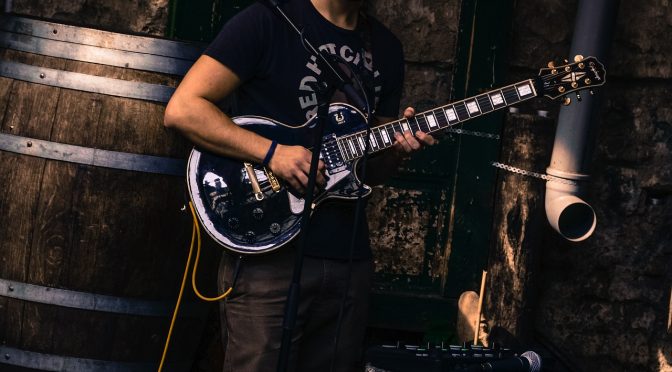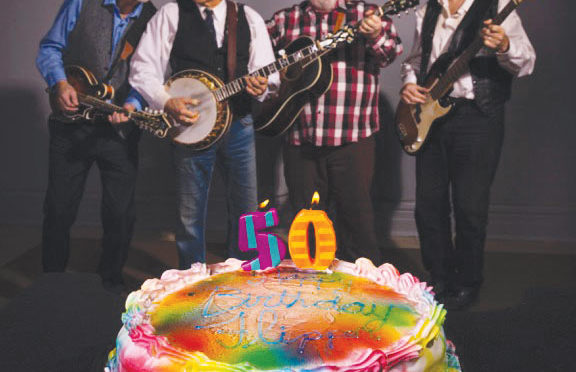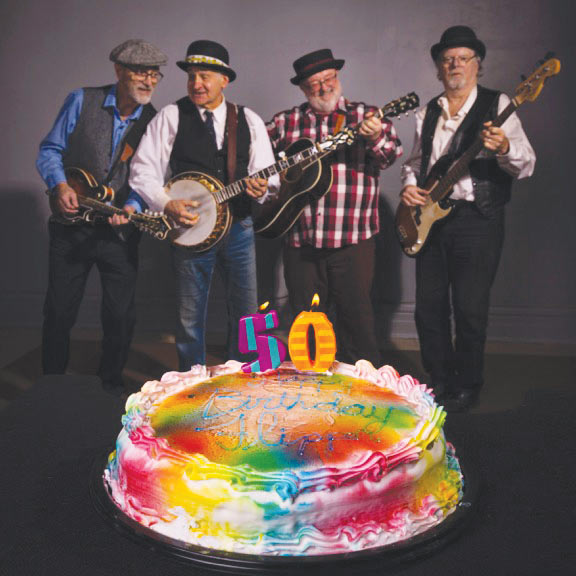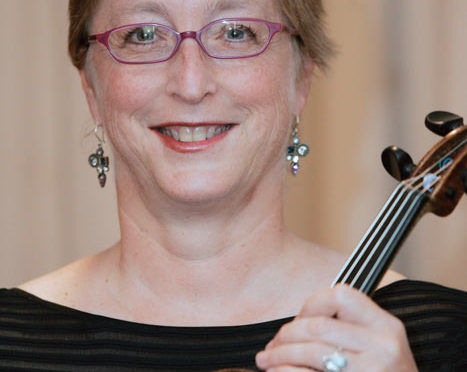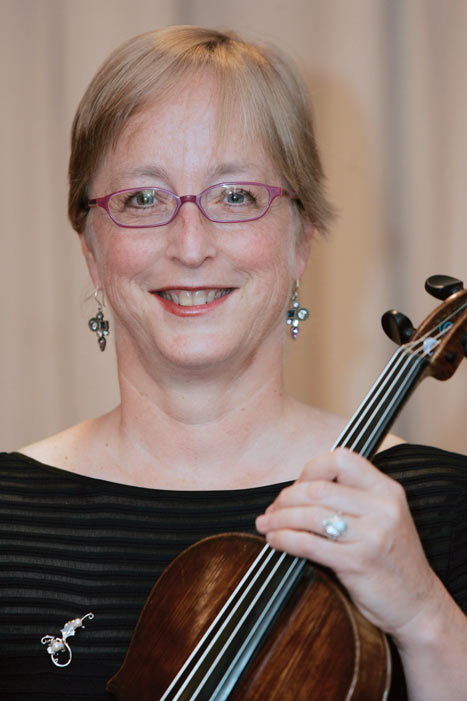As restaurants and bars start opening and live events and weddings are being scheduled, opportunities for musicians are also coming back strong. Many musicians are eager to kick-start their stalled calendar of regular gigs and get out and play again.
When getting back to business, take the time to do it right.
Answer the Call—When you get an inquiry for a gig, respond promptly. Follow up with your potential client and ask how they heard about you and who else they’ve been talking with. Find out their expectations for entertainment. Ask as many details as possible so that you can give them a fair quote for the service.
Raise the Bar—Your reputation has as much impact on your career as your music. From the moment you reach out and begin a business relationship with someone—business owner, promoter, another musician, or even the bride and groom planning their wedding—be conscious to create a professional impression. Every meeting has the potential to develop into a referral or more business.
Get Paid—Sure, there are other musicians who may be willing to offer a lower price, but as a professional musician, know your value. This is your career. Talk about money confidently. Be direct and up front about your compensation. While it may seem awkward, it is always appreciated.
Get Everything in Writing—Date, time, money, tech requirements, breaks, accommodations, and food; it should all be written down and signed into a contract.
Youth Is Not Forever; Build Your Pension with Each Gig
US Members—Talk with your local about the AFM’s LS-1 form or the local’s single engagement contract form, which enables you to build pension into your gigs with a minimum of fuss for your client or employer.
The LS-1 is a simple two-page engagement and pension contract. It doesn’t have a lot of legalese, and conveniently permits the employer or client to transfer to the leader the responsibility of reporting and sending the pension payments to the pension fund. The employer/client pays for it; they just don’t have to worry about the details. One contract form can be used for multiple dates as long as it’s for the same client/employer in the same venue for up to a one-month time span. The LS-1 eliminates the necessity of the employer/client writing two checks
and it allows unincorporated solo performers and band leaders to receive pension credit.
Canadian Members—Similar to the above-recommended protocol, the miscellaneous engagement contract form for Canada is the LEC (Live Engagement Contract). The wording is designed to execute the requirement that pension must be duly negotiated with the employer, but also allows for the leader to remit to the pension fund on his/her behalf. In the case of a steady engagement, the contract can cover dates extending up to one year.
As an added bonus, the contract contains language which prohibits the recording, reproduction, broadcast, or transmission of the performance in the absence of the appropriate AFM contract providing for such use. In addition, there is no cancellation allowed, except with the written consent of both parties, so you won’t be surprised showing up at a gig that suddenly isn’t there.
Also, many locals provide for a Contract Guarantee Fund, which entitles the band to emergency funds for a maximum of five musicians for up to three nights, in the event the gig falls apart. Talk to your local about additional conditions and restrictions.
Watch Out for Scams!
Nowadays, there are plenty of scams out there, so it is important to be vigilant. Ron Jolly of Local 20-623 (Denver, CO) recently found out the hard way when he encountered the following con.
From the first email there were warning signs, he says. The language was strange. He could not get an address to send a contract. The “groom” replied that his “godfather” would be paying for the entertainment, videographer, and photographer. The wedding was postponed by a week, allegedly because the “groom’s” fiancé’s brother died unexpectedly.
Then it became more convoluted. The groom said that his godfather had mistakenly enclosed the videographer’s fee in Jolly’s check. Jolly replied that he would cash the check and pay the videographer at the ceremony. But the groom insisted that Jolly transfer the money to the videographer through Venmo, Zelle, or CashApp.
“The videographer told me three days before the wedding that if he didn’t get the money early, he would tell the groom to look for someone else.” Jolly says, “That’s when I should have told him, ‘Ok, I’ll get one of my friends to video the ceremony’ and let this guy go about his business.”
After several emails pleading for the money so their dream wedding was not ruined, Jolly obliged and sent it in the form of a money order.
On the day of the wedding, Jolly went to the address in south Denver. He arrived 45 minutes early. “I put on my mask and rang the doorbell. No answer. I rang again and again. I texted and called the ‘groom’ and the ‘videographer’ repeatedly. No one was there.”
That week, Jolly received a notice from his bank that the cashier’s check was fraudulent and that his bank account had been charged $1,850, plus $19 for a returned check.
Beware of situations like this, from the first contact to problematic text exchanges and odd conversations. Be cautious of anyone who “mistakenly” sends you money and then tries to dictate how it should be sent to someone else. Do not cash a check for more than the agreed upon amount or run it through any type of money transfer app.
Jolly tells his story so that other people, and gig musicians, in particular, are not conned. “I am embarrassed and disheartened that someone would take advantage of me in this way, but hopefully my story will alert other musicians to beware,” says Jolly.


